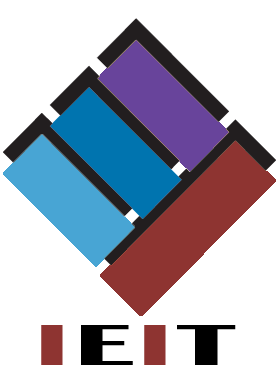| Title | Elementary patterns for converting textual and visual formalisms based on set theory and ORM |
| Publication Type | Journal Article |
| Year of Publication | 2011 |
| Authors | Overbeek, S, van Bommel, P |
| Journal | Journal of Digital Information Management |
| Volume | 9 |
| Issue | 2 |
| Pagination | 64 - 71 |
| Date Published | 2011 |
| Keywords | Object Role Modeling, Set theory, Textual formalisms, Visual formalisms |
| Abstract | Textual formalisms, visual formalisms, or both types of formalisms can be used to develop a formal model. The exact syntax and semantics of textual formalisms reduce ambiguity and increase formulation precision. This has as side effect that textual formalisms can become complex and suitable for limited audiences only. Visual formalisms consist of graphical notations with formal semantics. The intuitive and well-organized char acter of such models improves their comprehensibility and eases commu nication. Unfortunately, visual formalisms can become unreadable when the complexity or number of formalisms increases. Conversion patterns are introduced to enable conversion of textual to visual formalisms and vice versa. These patterns can be applied to benefit from the advantages of both ways to represent formalisms. The Object-Role Modeling (ORM) language has been used to develop the visual patterns and the textual formalisms are founded in set theory. While the primary focus of this paper is on the theoretic coupling between textual and visual formalisms, the presented patterns are also materialized and evaluated in two applications. First, an ORM model of the ISO/IEC 19763-5 standard to register information of process models is converted to a textual formal model. Sec ond, a textual formal model of an information market is converted to an ORM variant. |
| URL | http://www.scopus.com/inward/record.url?eid=2-s2.0-79960694971&partnerID=40&md5=fb5b641c92f12de5340fa890fca9fa44 |

Collaborative Partner
Institute of Electronic and Information Technology (IEIT)




